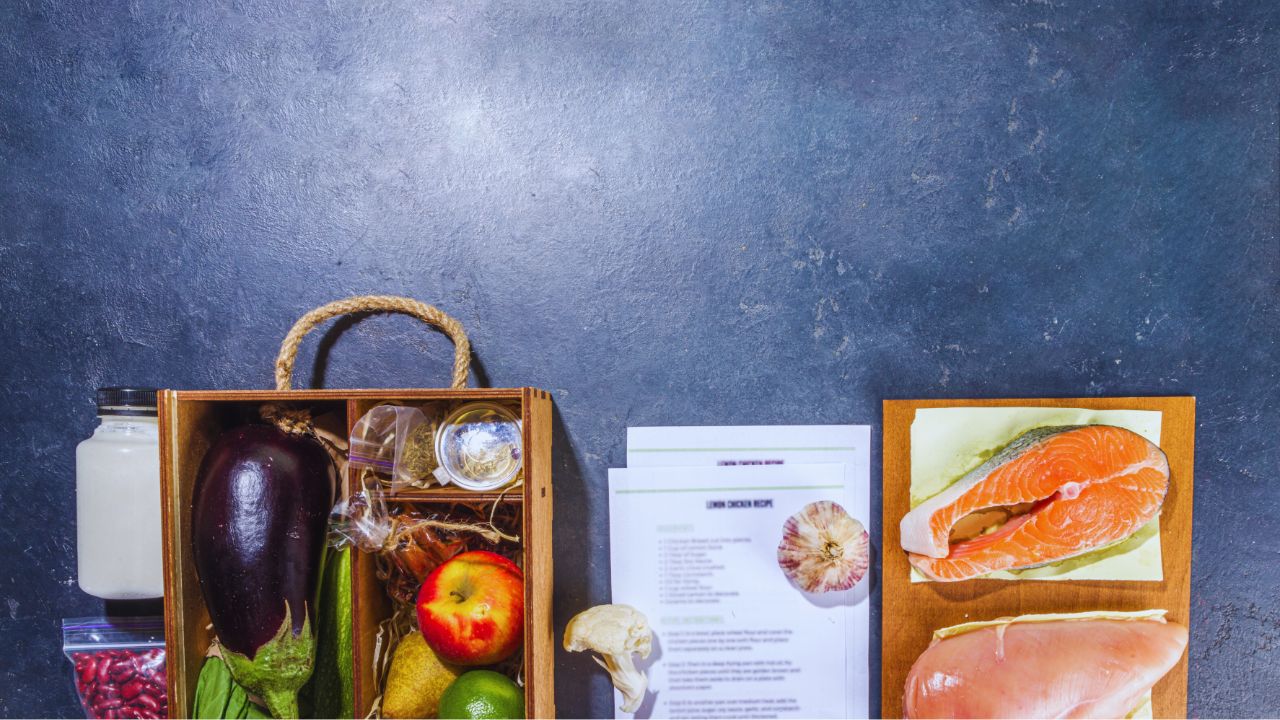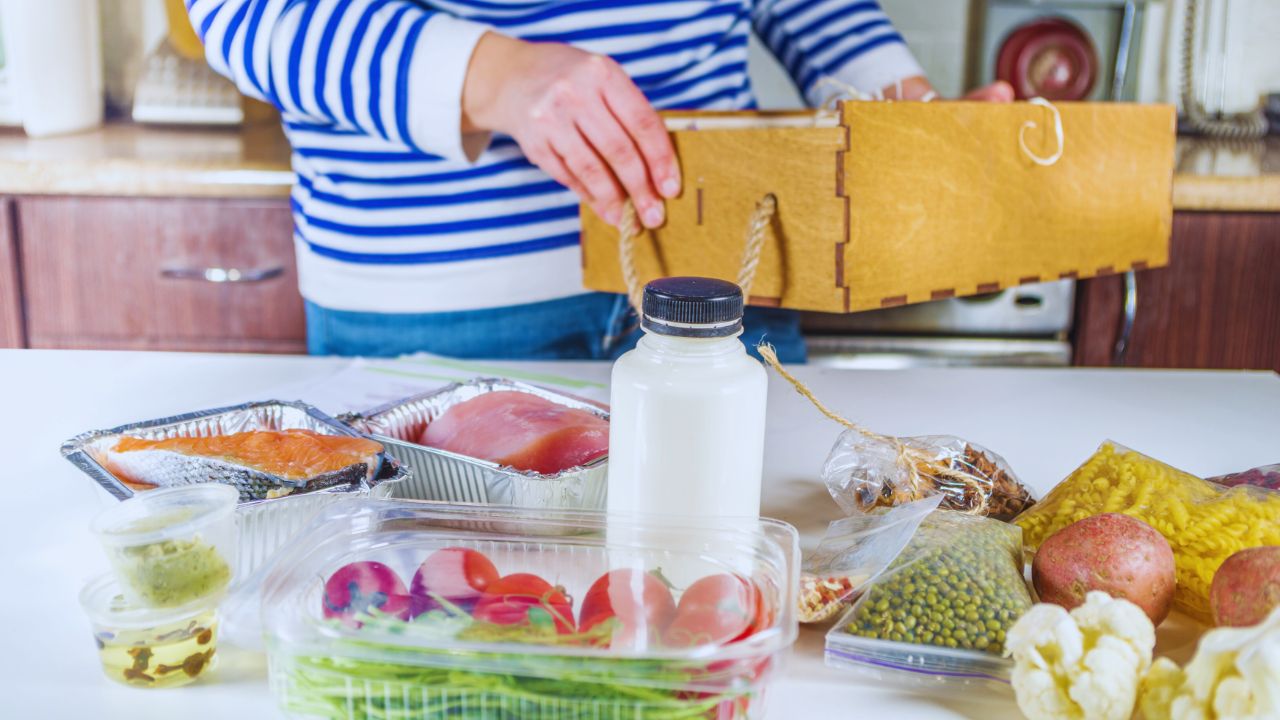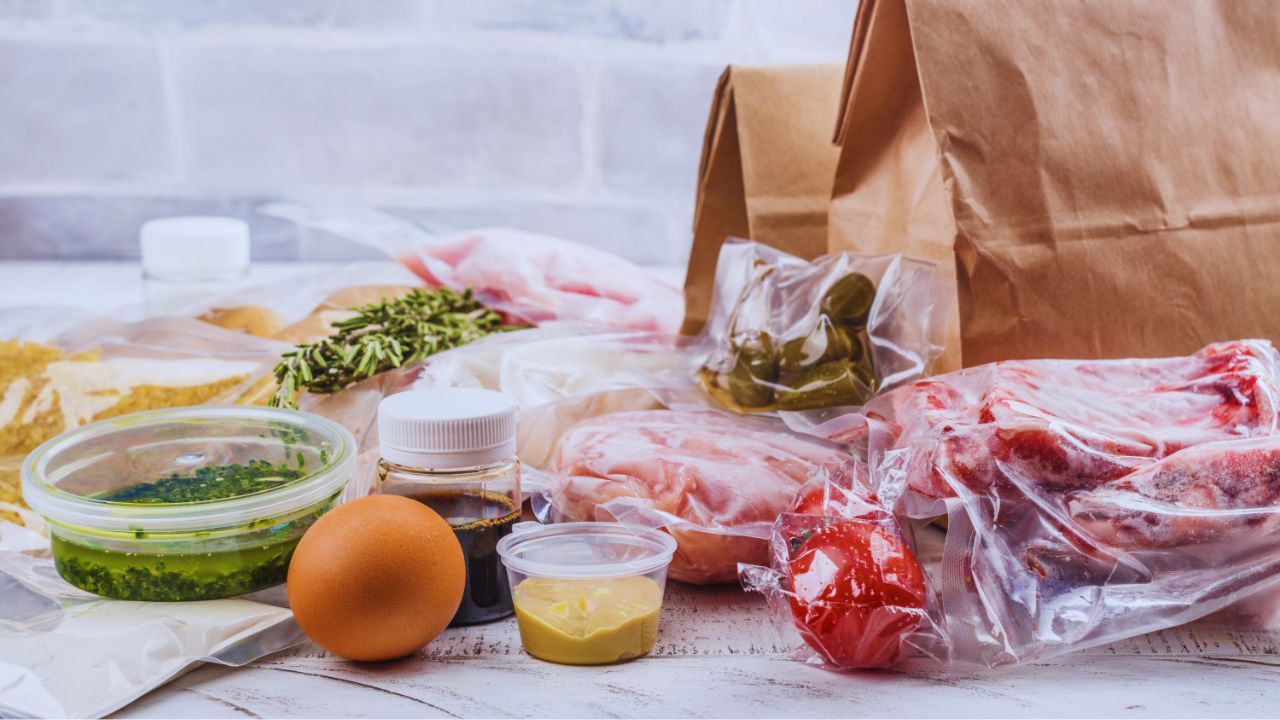Dutch Consumer Association Reviews Ready-Made Meals, Factor on Top
Categories: Food and Drinks,Latest News
Nothing can quite compare to home cooking, and food plays an important role in international life. We carry memories of our old homes with us in every dish we make. We could be recreating comfort dishes from childhood or making cuisine that’s part of centuries-old traditions we adhere to.
Even so, finding the time to do that is easier said than done. Expats constantly fight to juggle our careers with putting down roots in a new country. On top of work, we have to find healthcare and housing, keep fit, and make new friends. That means internationals don’t always have the time or energy to cook for ourselves at the end of a long, hard day. And that’s when we often turn to ‘Chef Mike’ for help.

Ready Meal Nation
An 81% majority of European residents eat ready meals at least occasionally. And 58% said it was because they had no time to cook for themselves. But there are problems with this. Ready meals can be high in salt and fat and low in other nutrients. So, how do you know what you are putting in your body?
In the Netherlands, the Voedingscentrum informs consumers about healthy food choices. The independent authority’s guidelines define a healthy ready meal as the following:
- It should have at least 150 grams of vegetables
- It should have no more than 2 grams of salt
- It should contain healthy sources of carbohydrates like whole grains or (sweet) potatoes
- It should contain energy of between 400 and 700 calories
- No more than 15% of that energy should come from saturated fat
Unfortunately, though, many ready meal providers muddy the waters. They put their own criteria on their packaging and websites. And this often does not adhere to the standards of the Dutch Nutrition Center.
Lucky for us, the Consumers’ Association of the Netherlands has looked into the matter. The Consumentenbond took 15 national providers to task for their meals.
On the menu were: Factor Meals; Vood; Goodchef; Apetito; Maaltijdservice.nl; AH Maaltijd Thuis; Kantenklaarmaaltijden.nl; Uitgekookt; Spar Eet Smakelijk; Freasy; Vers aan Tafel; Every; Vers voor Thuis; Diepvriesman; and Oh My Guts. But of all the providers, one was a clear leader of the pack.

Factor Meals
Dissecting 224 dishes from all the companies, we found that many deviated from the mentioned guidelines. To an extent, these deviations weren’t always the end of the world. For example, some meals were too high in calories while meeting other standards. At the same time, pasta without vegetables might not be an “immediate attack on your health.” But by adding up those deviations, Consumentenbond devised a health score. The lower the score, the unhealthier a company’s meals are.
Consumentenbond found subscription meal service Factor Meals complied most with Voedingscentrum guidelines. The healthiest meal provider scored a whopping 90%!
Part of this was down to being only one of two providers to adhere to salt advice, keeping to 2 grams per serving. Factor Meals also had one of the highest proportions of healthy carbohydrates, at 80%. It met the expectations of the vegetables per serving, which was 160 grams. And it supplied 25 grams of protein per meal.
It also scored high marks for its transparency on nutritional insights. Nine providers scored 70% or lower for the information they offered on their websites. However, Factor Meals scored 80%, doing a good job of letting us know what we put in our bodies with their food.

Other Top Performers
Factor Meals will not be the only ready meal firm pleased with its results. Second-placed Vood received a health score of 85%. This included having the top-ranked vegetable content at 225 grams per meal. It also kept the joint-lowest level of energy from saturated fats at 10%. And it had the most meals with healthy carbohydrates, at 85%. Most meals had potatoes, the white version of rice, pasta, or another grain product.
In third, Goodchef got a health score of 80%. It was the only provider besides Factor Meals to keep to 2 grams of salt per serving. Goodchef also boasted the second-largest amount of veggies per serving, at 215 grams. But lower rates of healthy carbs and higher fat content let it down.
Six firms in the following pack received a health score of 75%. One stands out as having performed well in all but one nutritional category. Spar Eet Smakelijk got 80% of its carbs from healthy sources. It offered 150 grams of veggies per meal, and 10% of its energy came from saturated fat. But it had the joint-second highest salt content, at 3.5 grams. And its health information score was the lowest, at 35%.

Breakdown of Communication
Even with the less-healthy meals, though, it might not be such a problem if we could see what was in them.
We all have certain health goals for which we need different information. You may be cutting down on your salt intake to lower your blood pressure. You could be trying to maximize gym gains by increasing your protein consumption. Or you could be trying to boost your immune system by ramping up on veggies. But the info provided by meal providers could be hard to understand, if not outright misleading.
Consumentenbond looked at which ingredients, allergens, and nutritional values appeared on provider websites. They found that in half of all cases, nutritional value was only stated per 100 grams. This is better than nothing, but it leaves you having to do some calculus to figure out whether this is the meal for you. Ready meal providers know you’re likely looking at their products as a time-saver. So, that’s not cricket!
The researchers gave the 15 meal providers a score for nutrition info on this basis. The best were Apetito and Vers aan Tafel, which both scored 90%. This was partly because they were the only provider to list its vegetable amount per meal. On closer inspection, though, the researchers found that the indicated amount was often incorrect. Upon inquiry, the providers said system errors had occurred. They confirmed they would re-check all meals. Had they not failed on this front, they could have scored 100%.
With the top performers even getting it wrong, what chance do consumers have with the rest? While most other operators scored between 60% and 80%, two stood out for their poor performance. The chief offenders were Diepvriesman and Spar Eet Smakelijk. Diepvriesman scored 40%. It omitted the nutritional value from its website. That’s bad. But even worse, Spar missed part of its ingredient lists. As a result, information on possible allergens might be missing. As a result, Consumentenbond slapped a 35% rating on Spar for meal information.
So, where does all this leave us? So much of health culture currently revolves around individual choice. Everyone, from doctors to politicians, emphasizes that it is our responsibility to eat healthily. But we all have lives to live! And no provider scored 100% for information, leaving us with homework on what we eat.
In the short term, we may need to compensate for dodgy labelling in our daily diets. Try to get some vegetables or fruit at lunch and breakfast. But in the long term, it falls on companies to do better.
